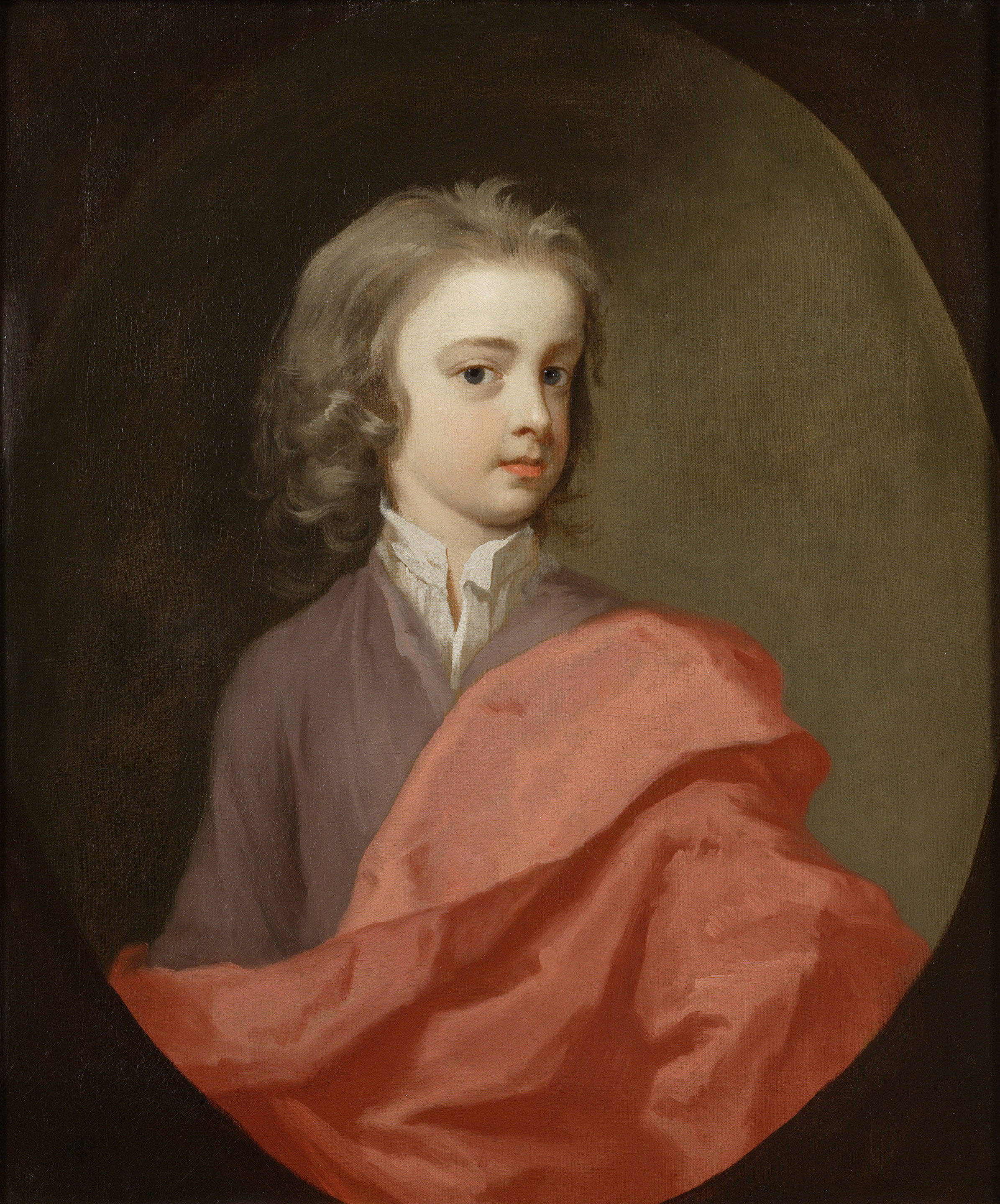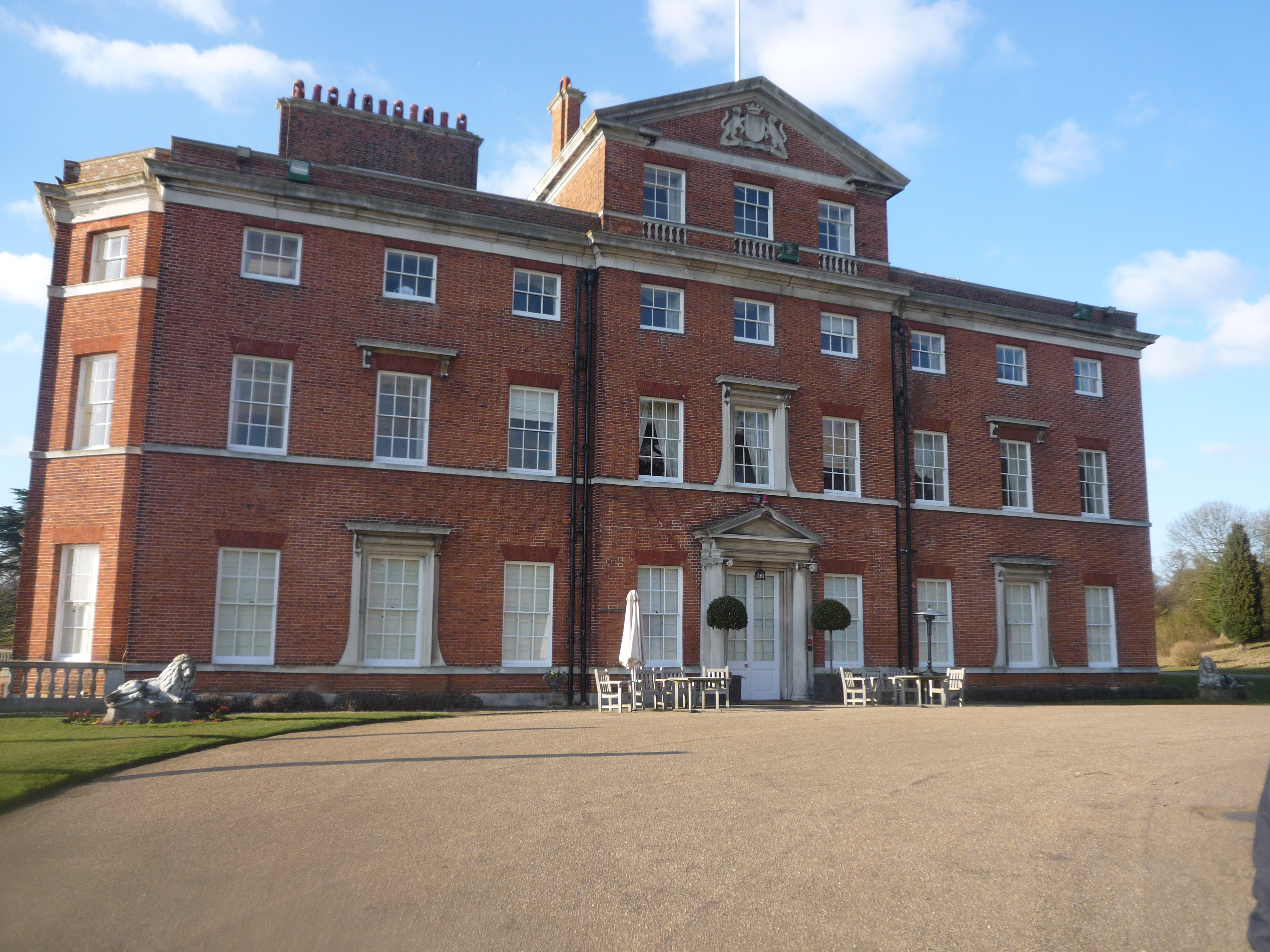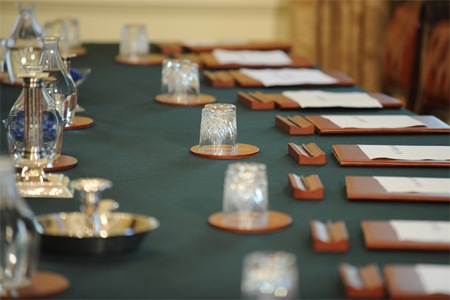|
Thomas Winnington (1696–1746)
Thomas Winnington (31 December 169623 April 1746), of Stanford Court, Stanford on Teme. Worcestershire, was an English Whig politician who sat in the House of Commons from 1726 to 1746. Biography Winnington was the second, but eldest surviving, son of Salwey Winnington of Stanford Court, Member of Parliament for Bewdley, and his wife Anne Foley, daughter of Thomas Foley, MP, of Witley Court, Worcestershire. He was grandson of Sir Francis Winnington, who had been Solicitor General in the 1670s. He was educated at Westminster School and matriculated at Christ Church, Oxford in 1713. He was admitted to Middle Temple in 1714. Winnington entered Parliament at a by-election on 31 January 1726 as a Tory Member of Parliament for Droitwich, but very soon after became a Whig and supported the Administration. He was returned unopposed again in 1727 and 1734. At the 1741 returned for Droitwich and also elected in a contest for Worcester (a more prestigious constituency), and he chose ... [...More Info...] [...Related Items...] OR: [Wikipedia] [Google] [Baidu] |
Robert Walpole
Robert Walpole, 1st Earl of Orford, (26 August 1676 – 18 March 1745; known between 1725 and 1742 as Sir Robert Walpole) was a British statesman and Whig politician who, as First Lord of the Treasury, Chancellor of the Exchequer, and Leader of the House of Commons, is generally regarded as the ''de facto'' first Prime Minister of Great Britain. Although the exact dates of Walpole's dominance, dubbed the "Robinocracy", are a matter of scholarly debate, the period 1721–1742 is often used. He dominated the Walpole–Townshend ministry, as well as the subsequent Walpole ministry, and holds the record as the longest-serving British prime minister. W. A. Speck wrote that Walpole's uninterrupted run of 20 years as prime minister "is rightly regarded as one of the major feats of British political history. Explanations are usually offered in terms of his expert handling of the political system after 1720, ndhis unique blending of the surviving powers of the crown with the ... [...More Info...] [...Related Items...] OR: [Wikipedia] [Google] [Baidu] |
Stanford Court
Stanford-on-Teme is a village and former civil parish, now in the parish of Stanford with Orleton, in the Malvern Hills district in the county of Worcestershire, England. In 1931 the parish had a population of 144. History Stanford Court, a Grade II listed 18th century stately home, is the ancestral home of the Winnington baronets. The house was first built in the reign of King James I. It was extended in the 18th century, and remodelled after a fire in 1882. Lucy Lyttelton Cameron Lucy Lyttelton Cameron (29 April 1781 – 6 September 1858, née Butt) was a British magazine editor and a writer for children with religious themes. Early life and education Lucy Lyttelton Cameron was born in Stanford-on-Teme, taking her name ..., the children's author was born here in 1781. She was the daughter of George Butt and his wife and they had another daughter named Mary Martha. The rectory in Stanford was built for George Butt just to the west of the church.'Parishes: Stanford on Tem ... [...More Info...] [...Related Items...] OR: [Wikipedia] [Google] [Baidu] |
Sir Edward Winnington, 1st Baronet
Sir Edward Winnington, 1st Baronet (c. 1728 – 9 December 1791) was the son of Edward Winnington of Broadway, son of Francis Winnington of Broadway, son of Sir Francis Winnington and younger brother of Francis Winnington. Upon the death of Rt Hon. Thomas Winnington in 1746, the Stanford Court estate was left to Edward Winnington of Broadway, and then passed to this Edward. He was created a baronet in 1755 and sat as MP for Bewdley from 1761 to 1774. He died in 1791 and was succeeded by his only son Sir Edward Winnington, 2nd Baronet. References *''Burkes Peerage'' * 1720s births 1791 deaths Baronets in the Baronetage of Great Britain Members of the Parliament of Great Britain for English constituencies People from Wychavon (district) British MPs 1761–1768 British MPs 1768–1774 Edward Edward is an English given name. It is derived from the Anglo-Saxon name ''Ēadweard'', composed of the elements '' ēad'' "wealth, fortune; prosperous" and '' wea ... [...More Info...] [...Related Items...] OR: [Wikipedia] [Google] [Baidu] |
Etheldreda Townshend
Audrey Etheldreda Townshend born Audrey Etheldreda Harrison became Lady Lynn and later Etheldreda, Viscountess Townshend (1708 – 5 March 1788) was an English society hostess. Life She was born in 1708 and she was known as "Etheldreda". Her parents were Frances and Edward Harrison of Balls Park in Hertfordshire. Her father had been an MP, a governor of a fort in Madras and in 1767 the chair of the East India Company. She was one of four children, but the others died and she became the sole heiress. Her husband was promoted to the House of Lords in 1724 despite his father still being alive using one of his father's spare titles. He became known as Lord Lynn and she was known as Lady Lynn until 1738. Her husband paid her little attention as he was devoted to his mistress who had been a servant. He was based at his family seat of Raynham. They formally separated in 1740. She was then described as "a frolicsome dame". She had friendships with powerful men. Thomas Winnington became ... [...More Info...] [...Related Items...] OR: [Wikipedia] [Google] [Baidu] |
Hertfordshire
Hertfordshire ( or ; often abbreviated Herts) is one of the home counties in southern England. It borders Bedfordshire and Cambridgeshire to the north, Essex to the east, Greater London to the south, and Buckinghamshire to the west. For government statistical purposes, it forms part of the East of England region. Hertfordshire covers . It derives its name – via the name of the county town of Hertford – from a hart (stag) and a ford, as represented on the county's coat of arms and on the flag. Hertfordshire County Council is based in Hertford, once the main market town and the current county town. The largest settlement is Watford. Since 1903 Letchworth has served as the prototype garden city; Stevenage became the first town to expand under post-war Britain's New Towns Act of 1946. In 2013 Hertfordshire had a population of about 1,140,700, with Hemel Hempstead, Stevenage, Watford and St Albans (the county's only ''city'') each having between 50,000 and 100,000 r ... [...More Info...] [...Related Items...] OR: [Wikipedia] [Google] [Baidu] |
Brocket Hall
Brocket Hall is a neo-classical country house set in a large park at the western side of the urban area of Welwyn Garden City in Hertfordshire, England. The estate is equipped with two golf courses and seven smaller listed buildings, apart from the main house. The freehold on the estate is held by the 3rd Baron Brocket. The house is Grade I-listed. History On the parkland site were two predecessors, the first of which was built in 1239 as Watership or Durantshide Manor, early held variously of Hatfield Manor and the Bishop of Ely. One of these was built about 1430; whereas in 1413 John Mortimer held Waterships it is known in 1477 Thomas Brockett held both manors. The house was acquired by John Brocket in the early 1550s and passed to his son Sir John Brocket (Captain of Queen Elizabeth's personal guard) on his death in 1558. The building and park owe much of their appearance today to Sir Matthew Lamb, 1st Baronet, who purchased the estate in 1746 and commissioned Brocket ... [...More Info...] [...Related Items...] OR: [Wikipedia] [Google] [Baidu] |
Sir James Reade, 2nd Baronet
''Sir'' is a formal honorific address in English for men, derived from Sire in the High Middle Ages. Both are derived from the old French "Sieur" (Lord), brought to England by the French-speaking Normans, and which now exist in French only as part of "Monsieur", with the equivalent "My Lord" in English. Traditionally, as governed by law and custom, Sir is used for men titled as knights, often as members of orders of chivalry, as well as later applied to baronets and other offices. As the female equivalent for knighthood is damehood, the female equivalent term is typically Dame. The wife of a knight or baronet tends to be addressed as Lady, although a few exceptions and interchanges of these uses exist. Additionally, since the late modern period, Sir has been used as a respectful way to address a man of superior social status or military rank. Equivalent terms of address for women are Madam (shortened to Ma'am), in addition to social honorifics such as Mrs, Ms or Miss. Etymolo ... [...More Info...] [...Related Items...] OR: [Wikipedia] [Google] [Baidu] |
Cabinet (government)
A cabinet is a body of high-ranking state officials, typically consisting of the executive branch's top leaders. Members of a cabinet are usually called cabinet ministers or secretaries. The function of a cabinet varies: in some countries, it is a collegiate decision-making body with collective responsibility, while in others it may function either as a purely advisory body or an assisting institution to a decision-making head of state or head of government. Cabinets are typically the body responsible for the day-to-day management of the government and response to sudden events, whereas the legislative and judicial branches work in a measured pace, in sessions according to lengthy procedures. In some countries, particularly those that use a parliamentary system (e.g., the UK), the Cabinet collectively decides the government's direction, especially in regard to legislation passed by the parliament. In countries with a presidential system, such as the United States, the Ca ... [...More Info...] [...Related Items...] OR: [Wikipedia] [Google] [Baidu] |
Paymaster Of The Forces
The Paymaster of the Forces was a position in the British government. The office was established in 1661, one year after the Restoration (1660), Restoration of the Monarchy to King Charles II, and was responsible for part of the financing of the British Army, in the improved form created by Oliver Cromwell during the Commonwealth of England, Commonwealth. The full title was Paymaster-General of His Majesty's Forces. It was abolished in 1836, near the end of the reign of King William IV, and was replaced by the new post of Paymaster General. History The first to hold the office was Sir Stephen Fox (1627–1716), an exceptionally able administrator who had remained a member of the household of King Charles II during his exile in France. Before his time, and before the English Civil War, Civil War, there was no standing army and it had been the custom to appoint treasurers-at-war, ''ad hoc'', for campaigns. Within a generation of the Restoration, the status of the paymastership b ... [...More Info...] [...Related Items...] OR: [Wikipedia] [Google] [Baidu] |
Henry Pelham
Henry Pelham (25 September 1694 – 6 March 1754) was a British Whig statesman who served as 3rd Prime Minister of Great Britain from 1743 until his death in 1754. He was the younger brother of Thomas Pelham-Holles, 1st Duke of Newcastle, who served in Pelham's government and succeeded him as prime minister. Pelham is generally considered to have been Britain's third prime minister, after Robert Walpole and the Earl of Wilmington. Pelham's premiership was relatively uneventful in terms of domestic affairs, although it was during his premiership that Great Britain experienced the tumult of the 1745 Jacobite uprising. In foreign affairs, Britain fought in several wars. On Pelham's death, his brother Newcastle took full control of the British government. Early life Pelham, Newcastle's younger brother, was a younger son of Thomas Pelham, 1st Baron Pelham, and his wife, the former Grace Pelham, Baroness Pelham of Laughton, the daughter of Gilbert Holles, 3rd Earl of Clare, and G ... [...More Info...] [...Related Items...] OR: [Wikipedia] [Google] [Baidu] |
Cofferer Of The Household
The Cofferer of the Household was formerly an office in the English and British Royal Household. Next in rank to the Comptroller, the holder paid the wages of some of the servants above and below stairs, was a member of the Board of Green Cloth, and sat with the Lord Steward in the Court of the Verge. The cofferer was usually of political rank and always a member of the Privy Council. The office dates from the Middle Ages, and the position of Cofferer of the Wardrobe. It was abolished by the Civil List and Secret Service Money Act 1782 The Civil List and Secret Service Money Act 1782 (22 Geo. III, c. 82) was an Act of the Parliament of Great Britain. The power over the expenditure in the King's household was transferred to the Treasury, and branches of which were regulated. N .... List of incumbents References {{British Monarchy Household Positions within the British Royal Household Ceremonial officers in the United Kingdom 1782 disestablishments in Great Brit ... [...More Info...] [...Related Items...] OR: [Wikipedia] [Google] [Baidu] |





_by_John_James_Baker.jpg)